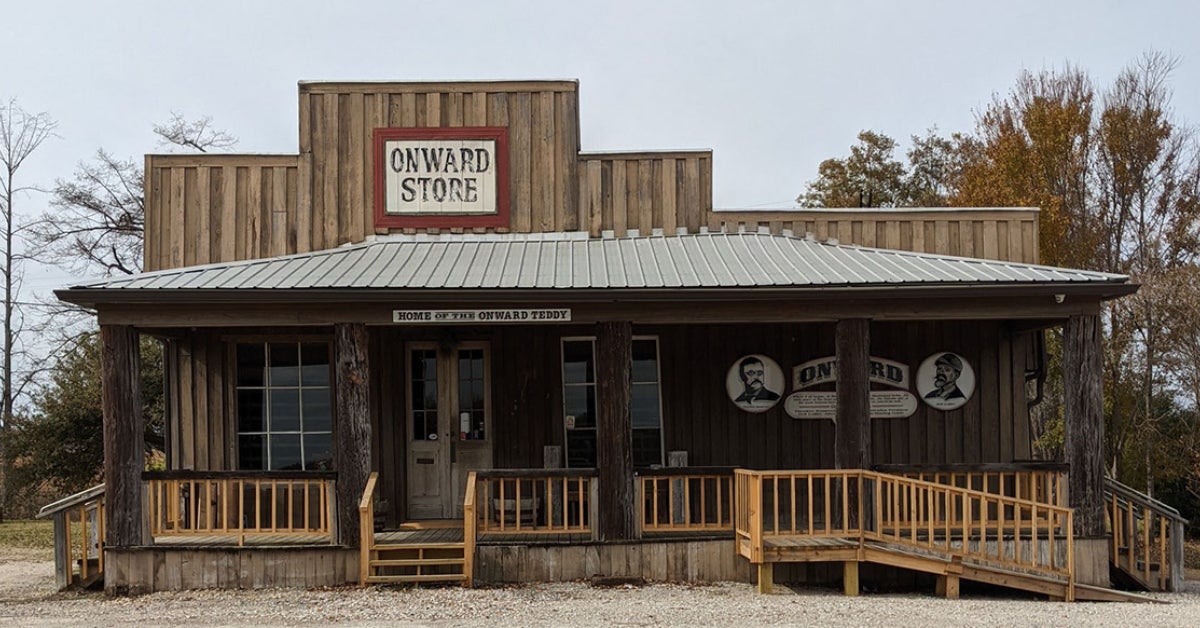Ambulance costs expected to rise
Published 12:00 am Monday, July 12, 2004
Paramedic Tim Hermes steps out of his ambulance after restocking it at the supply building on Walnut Street. (Jon GiffinThe Vicksburg Post)
[7/12/04]The costs for ambulance service will rise if a proposal by the Vicksburg Fire Department is accepted, but officials say the cost will still be the lowest in the state.
Fire Chief Keith Rogers wants an increase to match the maximum allowed under Medicare, the federal program that pays for use of ambulances and crews to ferry patients who are severely impaired.
The increase would bring the lowest charge, from $150 for non-emergency transfers to $225, and the maximum, from $300 for emergency advance life support to $525.
Rogers also proposes increasing mileage charges, from $2.25 per mile to $8.21.
“I think it’s important that we make these charges to be consistent with the maximum amount Medicare allows us to charge,” Rogers said.
Today, about 28 percent of the total cost of the ambulance service comes from fees collected. The rest comes from city and county supplements.
The increases would be the first increase in ambulance fees in nearly 11 years, said Deputy Fire Chief Rose Shaifer, who manages the countywide ambulance service based at municipal fire stations. Shaifer said even with the increase in fees it will still be the best deal in the state. Most communities changed to private, for-profit services. Public services are costly, but no one is refused service.
Shaifer said the same type of non-emergency transfer service through a private ambulance company in Hinds County costs $400 and emergency advance life support costs $1,500.
“I think we may be one of two (cities) in the state running ambulances, and that’s a good thing because private services don’t care. They’ll turn you down in a heartbeat,” Shaifer said.
The Vicksburg Fire Department ambulance service was begun in 1969, when the first person taken to the hospital by the department rode on top of a fire truck to get there, Shaifer said. Before then, private funeral homes provided the only ambulance services.
The city started out with two ambulances, but today has five in service at all times and two in reserve. Today’s ambulances are equipped with life-saving drugs, monitors and other equipment and are staffed by trained paramedics, Schaifer said.
She said part of the reason they are asking for the increased fees is to cover rising costs of medicine, equipment and new ambulances which can cost between $85,000 and $100,000.
In order to stem the rising costs, city officials hired a private company in 2002 to begin billing insurance companies and collecting fees. The company is paid 8 percent of everything they collect.
The first year, the company collected $1.3 million, including fees from previous years that had gone uncollected. Since then, annual collections have been double what they were in previous years, said Paul Rogers, strategic planner for the city.
Last year, the fire department recorded 5,650 ambulance runs, including those outside the city limits. Warren County contracts with the city for ambulance service and pays an annual fee based on the number of runs.
In recent years, the amount paid by the county has been between $218,000 and $279,000.
For Fiscal Year 2004, which will end Sept. 30, the budget for the ambulance service is $2,883,680 with $285,000 budgeted to come from the county, about $800,000 to come from fees paid for or on the behalf of users, and $1,825,680 to come from city funds.
Of the fees collected, 24.3 percent comes from users of the ambulance service, 40.5 percent from Medicare, 21 percent from Medicaid and 14.2 percent from private insurance.
Shaifer said one of the fire department’s goals is to make the ambulance service self-sufficient. Other plans include training ambulance crews as critical care paramedics.
Today, the city’s ambulance service offers two base levels of service, basic life support, or BLS, and advanced life support, or ALS.
Basic life support is offered by EMTs, but Shaifer said the department would only send out EMTs on ambulances during a catastrophy if the five ambulances manned by paramedics are already out. The city requires all firefighters to become trained EMTs.
Advanced life support is provided by paramedics trained to administer lifesaving drugs, intravenous fluids and in the use of advance monitoring equipment.





